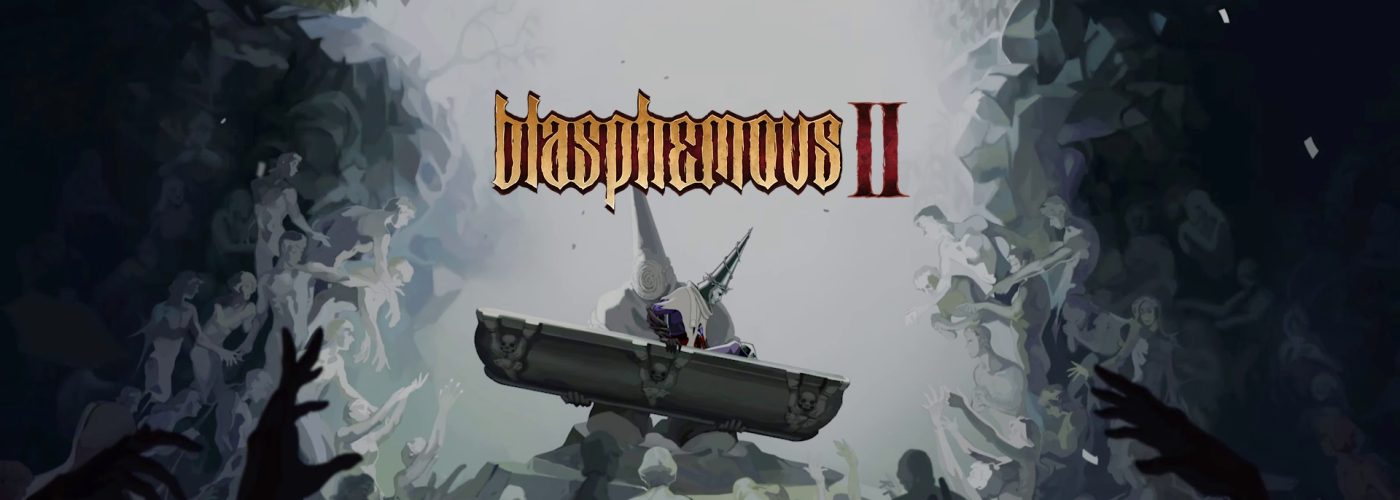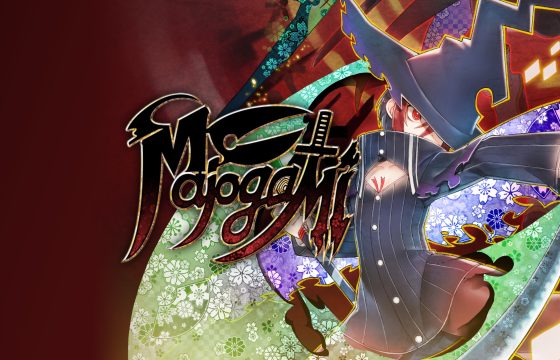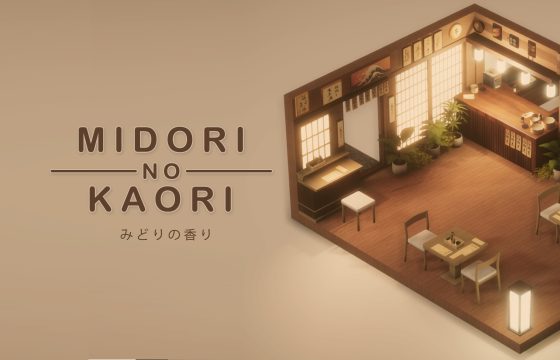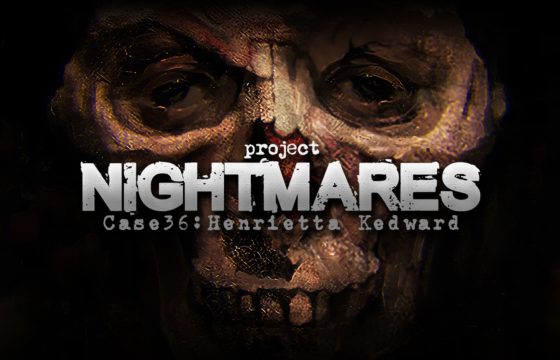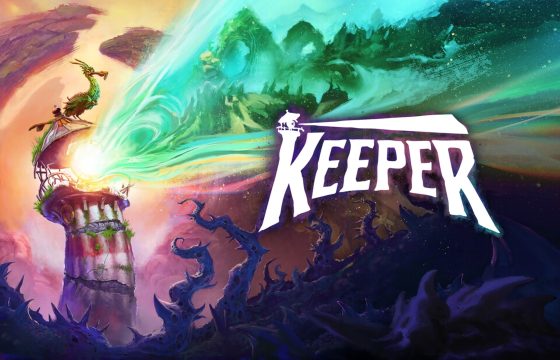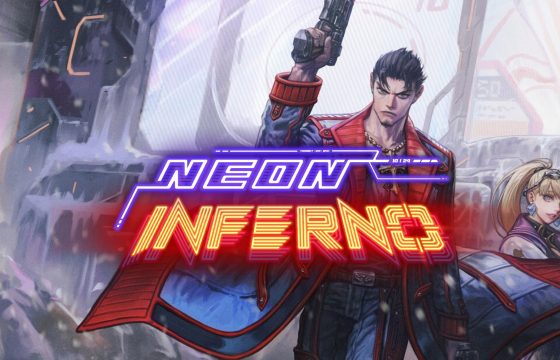The second chapter of Blasphemous is finally available for Nintendo Switch, PlayStation 5, Xbox Series X|S, and PC. An even more immersive and intense adventure, with a well-constructed and engaging lore.
With its approximately 20-25 hours of gameplay, depending on how much you want to delve into and complete the requests and side missions, Blasphemous 2, developed by The Game Kitchen and produced by Team17, officially releases today, August 24, 2023. We have played it and rediscovered its distinctive features, along with some interesting and substantial innovations. Here is our review.

The Miracle is about to give birth to a child
The City of the Blessed Name is lifted by three enormous statues, and above it appears a pulsating heart. People look up and pray. The Miracle is about to give birth to a new child, right from this heart that watches over the ancient city.

This is how the story of this new chapter begins. Only he is missing, our Penitent One, who once again rises from the coffin and sets out on a new pilgrimage, presented to him by Anunciada, who ascended from the celestial mountains above, the abode and principle of all that is holy.

She presents herself as the mentor of the Penitent and asks him to stop the birth of this new child of the Miracle.
The path of our protagonist will be hindered by the Archiconfraternity. The penitents whom the Miracle has taken as sentinels await his arrival. Orospina, Benedicta, Odòn, and Lesmes, all under the father of the penitents, the first: Eviterno.
The Miracle has instilled the three regrets in the consciousness of its three Guardians. By revealing these consciences, the Penitent will obtain the humbling of the sculpted figures that support the city, thus being able to ascend and reach the great heart, located at the last point we will discover on the map: Crimson Rains.
How One Grows
As mentioned in the previous article regarding Blasphemous 2, the first thing we find ourselves doing is choosing one of the three initial weapons presented to us: Veredicto, Sarmiento and Centella and Ruego al Alba.
The character Yerma unlocks the ability for us to enhance these weapons, providing us with the key item Tempered Spear from Battles, which grants us access to Weapon Memories. With the Marks of Martyrdom, obtainable by battling or exploring the map – especially by defeating bosses – we can progress in the weapons’ level growth.
Yerma, who escaped the horror of deformity caused by the Miracle when she was young, will also prove useful in combat, aiding us in defeating certain bosses if we choose to accept her assistance.
In addition to weapon enhancement, we will be able to increase our resistances and abilities through Rosary Beads and Altar Blades provided by the master sculptor Montàńes, whom we have already discussed in the previous article.
Many Requests and Little Satisfaction
In Blasphemous 2, the requests from various characters encountered in the game are numerous, and some are truly challenging to fulfill.
One of the first is from one of the Holy Brothers of the Golden Visage, whom we find weeping in the Garden of High Choirs. He asks us to find his trapped brothers. As was the case in the first Blasphemous, we must collect the winged brothers with golden faces, resembling cherubs. There are a total of 33 of them, and perhaps this is the request that pays the most, namely: the Gregal statue, for the Altar Blade, 4 Marks of Martyrdom, the Giant Rattle to give to the Guardian, who in return gives us Pròximo’s Memories.
Another request, not as lengthy as that of the Brother of the Golden Visage but still quite intricate, is from the elderly brothers Càstula and Trifòn, whom we will find in a room in the Palace of Embroideries. The sculptures for the Altar Blades that we will obtain by satisfying their request will then resonate when placed together on the same altar.
Other characters like Regula give us their memories, which the master sculptor will transform into corresponding statues.
The most action-packed side quest is the one involving the rescue of the daughters and extinguishing the candles present in the rooms where the girls are imprisoned in beds. The mother awaits in a surreal dimension, seated and imperious, resembling a severe and unsettling mummy. There are five daughters in total, and each time we must face a series of battles in which a combination of some enemies from the area where we found the daughter succeed one another in order of danger.

There are several disturbing characters, like the aforementioned mother or Cesàreo, the man attempting to breastfeed his deceased son with an implanted breast, who asks us to collect Wax Seeds, which will be planted to give life to the Wax Sisters that will help the man save his son’s soul.

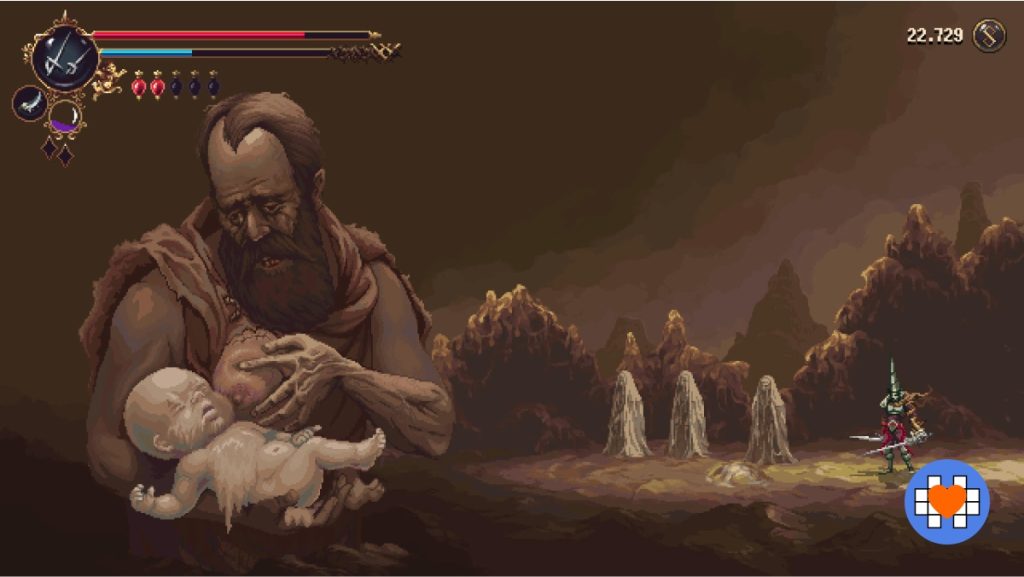

Beyond the interesting yet sorrowful stories that emerge from these characters and their requests, the rewards we often obtain are not as fulfilling. What truly satisfies is getting to know these stories and seeing how they realized graphically.
We will then collect trophies and statues to place on the Altar Blades, and sometimes it seems a bit lacking in comparison to the effort required to fulfill these requests.
Means of Transportation
The game areas, in true metroidvania style, are well laid out. We will have the opportunity to visit certain areas right from the start and choose our path, but only after acquiring the appropriate means will we be able to overcome obstacles to expand the discovery of new areas or initially blocked or unreachable passages.
Starting from the very first weapon choice, we will have the possibility to open up new paths based on it, with the exception of obstacles that require more than one relic ability or weapon.
In some cases, we will need to change our weapon for its ability and use relic abilities to overcome the most challenging obstacles and reach new game areas.
Each region is connected to others through more than one access point, allowing for shortcuts to be opened once the area is explored, reducing the travel time between game areas.
We will have various ways to move around the map:
Shadow Procession: a Penitent on horseback carrying tombs, who, in exchange for what he calls “false currency,” can transport our protagonist to remote locations. By giving him the first Forgotten Tribute, which is the false currency he referred to, we can travel from Choir of Thorns to Profundo Lamento.

Gates of Travels, which are rooms with stone hand-shaped passages that serve as portals and teleporters to another similar room in a different area.

Kneelers (Prie Dieus). Our faithful save points for energy recharge and bile flasks, which will unlock various options as we progress. This includes rapid travel between the different kneelers scattered on the map (about a couple per area), direct access to Altar Blades without having to return to the City of the Blessed Name, as well as the ability to cleanse guilt (remove thorns from the fervor bar that form when we die if we haven’t recovered the guilt left at the point of death) without going to the Confessor.
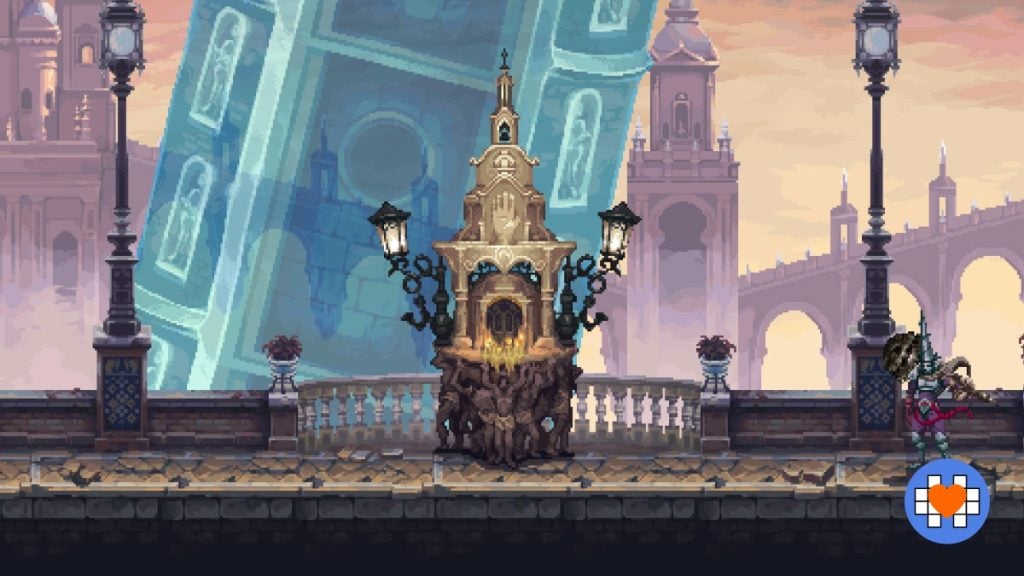
The Bosses of Blasphemous are Always Iconic
The Game Kitchen has spoiled us when it comes to eerie and evocative bosses, and this new chapter is no exception.

At the end of each boss battle, we find ourselves in the Dreams of Incense, a supernatural place where we confront the deceased and learn something more about the story.
In addition to the bosses introduced by Anunciada, namely the penitents of the Archiconfraternity, there are others, more or less challenging, each with interesting characteristics.
The first one we encounter is Without Face, the Chisel of Oblivion. We find ourselves at Resting Silence, and in this first fight, we quickly learn to primarily manage dodging.
At Sacred Tombs, after meeting Yerma, we face the Grand Preceptor Radamés, another good warm-up, and one of the three Regrets, before confronting the first villain of the Archiconfraternity:
Lesmes, the Uncorrupted Sacristan, who uses fire attacks with a battle divided into three phases. In the second phase, the Sleeping Infanta appears, and finally, we’ll have to face them together, Lesmes & Infanta.
Subsequently, in the Palace of Embroideries, we meet the second member of the Archiconfraternity, Orospina, the Lady Embroiderer, the elder sister of the fraternity of embroiderers.
After that, the next boss we encounter Beneath Her Sacred Grounds is not part of the Archiconfraternity, and I’m talking about Afilaor, the Sentinel of Smaragdine, where Yerma contributes to the battle. After defeating Afilaor, we find ourselves transported to the Chapel of the Five Doves, which we must free to prevent the birth of the Miracle’s child.

The third member of the Archiconfraternity, found in the Basilica of the Absent Faces, is Benedicta of Perpetual Prayer, who unlocks both the third level of Ruego al Alba and the ability to free the second dove.
At the Sea of Ink, we will face Odòn of the Brotherhood of Salt, through which we will release the third dove.
At the Severed Tower, Sinodo, the Hymn of a Thousand Voices, awaits us, again leading us to the Chapel of the Five Doves.
When we arrive at Two Moons, we will face another boss with Yerma’s help, and I’m talking about Susona, the Fair Fembrage. After defeating her, we will receive four Marks, break the curse by killing the Lady, and free the last dove.
And now we face the penultimate boss. We’re at Crimson Rains, near the heart where the unborn is forming, and we will deal with the first among the penitents, Eviterno, undoubtedly the toughest and most challenging, even more so than the last one, namely:
the Incarnated Devotion, which we will encounter ascending after defeating Eviterno. This battle will indeed be the final one of the second chapter of Blasphemous, after which a new era for the Miracle begins: the Second Psalm.
Graphic Innovations and Various Quality Confirmations
Blasphemous 2 maintains the pixel art style of the first game, but in addition to enhancing pixel art in terms of definition, it introduces the presence of 2D animated cutscenes, not in pixel art, but in a style that reminds me a lot of the animation in the Japanese series Naruto. The Sunshine Animation Studio was responsible for creating the cutscenes, and in my opinion, they did an excellent job, even though it imparts less unease to the overall atmosphere of the game.

Another quality confirmation comes from the sound aspect. The music composed by Carlos Viola, accompanied by a full orchestra, is as always excellent, original, and extremely captivating.
Blasphemous is a provocative yet profoundly thought-out and compelling product. With its dark and grotesque characters that often evoke deep sorrow, if not profound revulsion, it knows how to distinguish itself and break away from the stylistic norms of a classic metroidvania, even though it adheres to the rules and techniques of the genre.
Blasphemous 2 on Steam
Blasphemous 2
PRO
- Technically excellent and captivating graphics
- Evocative and highly charming soundtrack
- Original, grotesque characters and bosses, characterized with great care both aesthetically and narratively
CON
- Requests sometimes a bit difficult to conclude, due to overly cryptic hints

